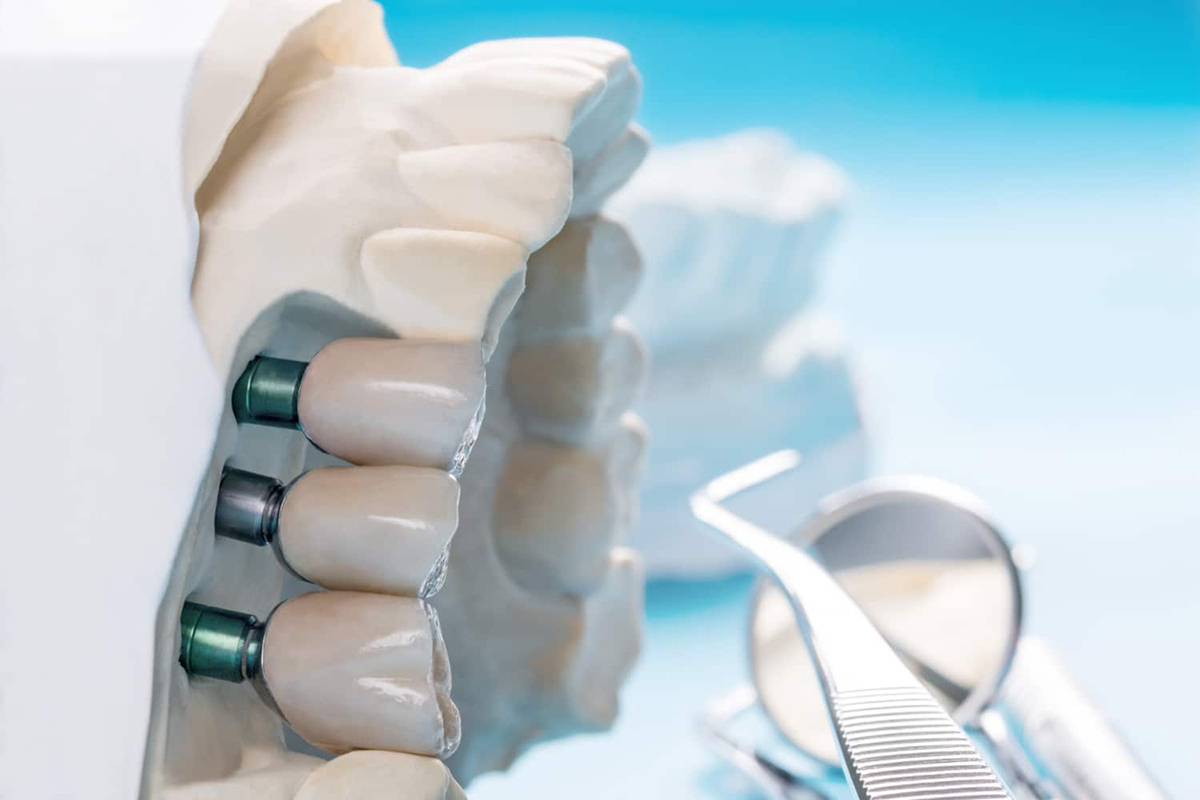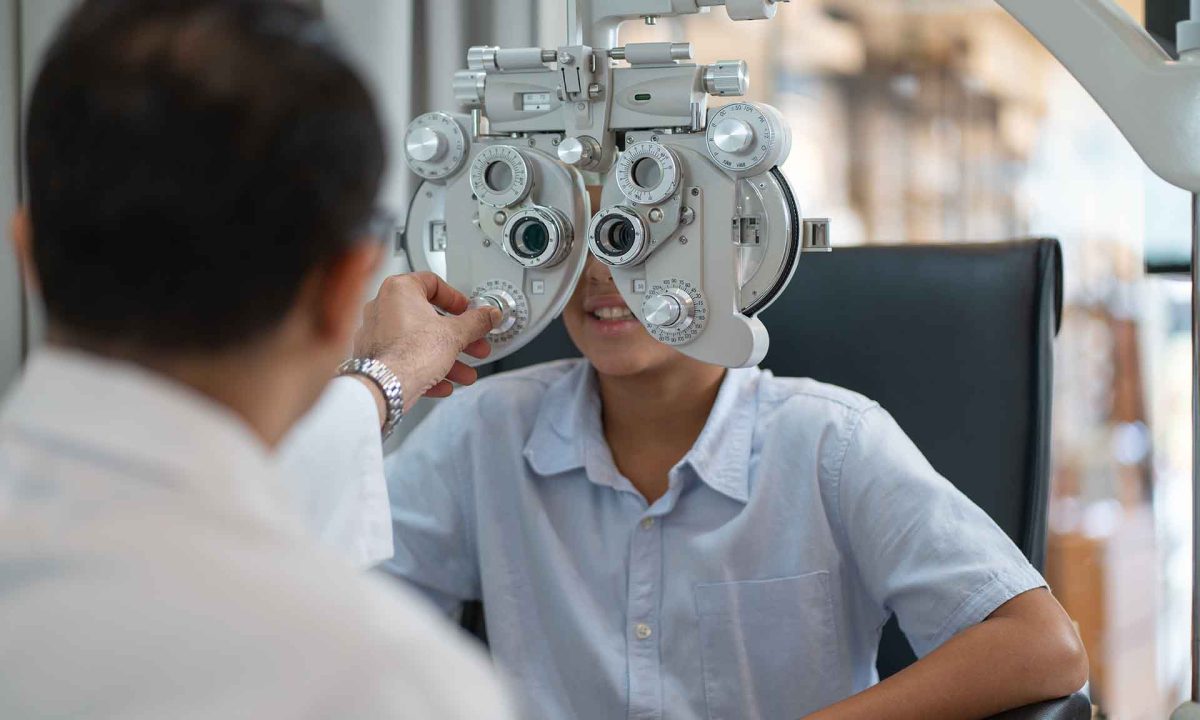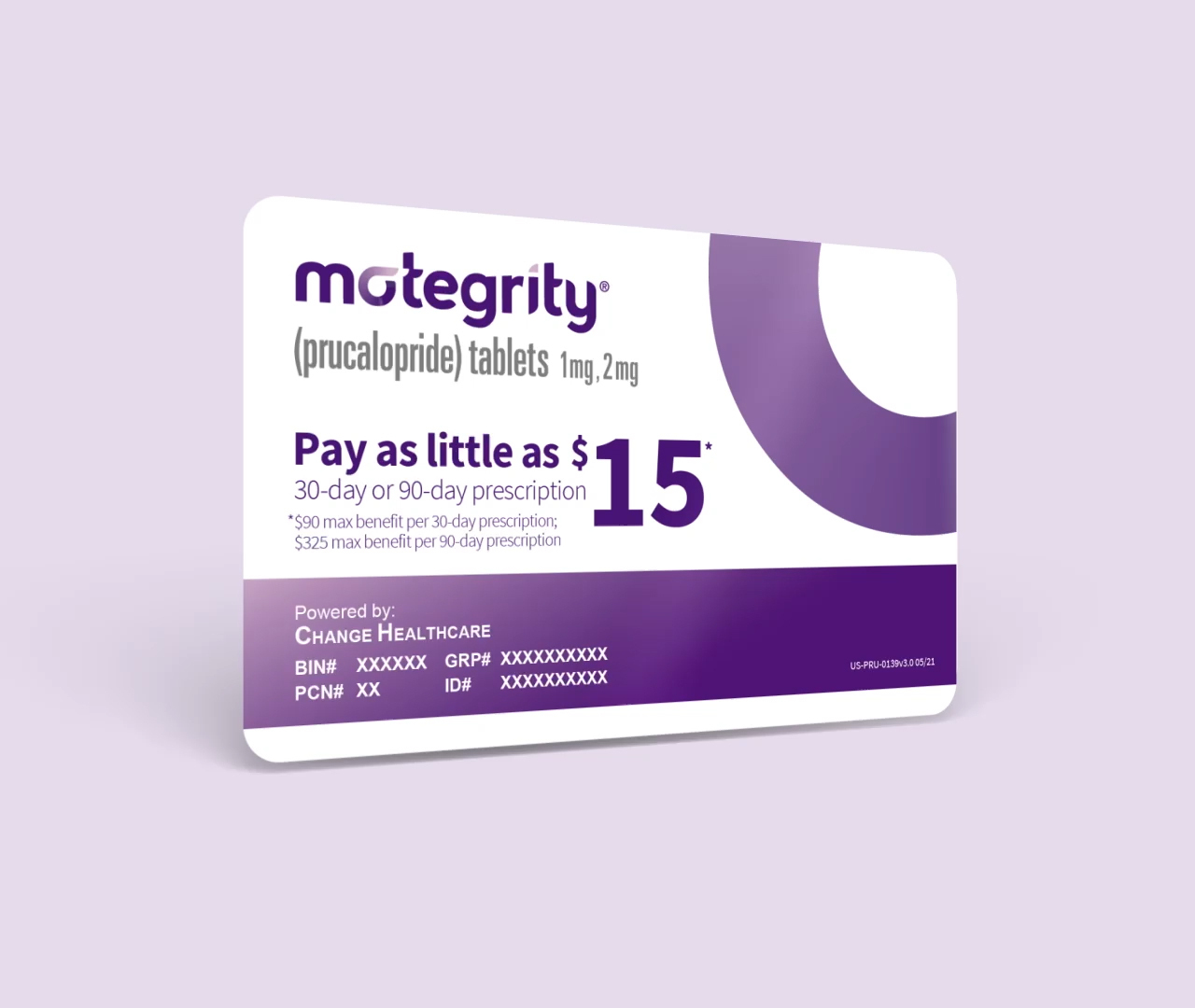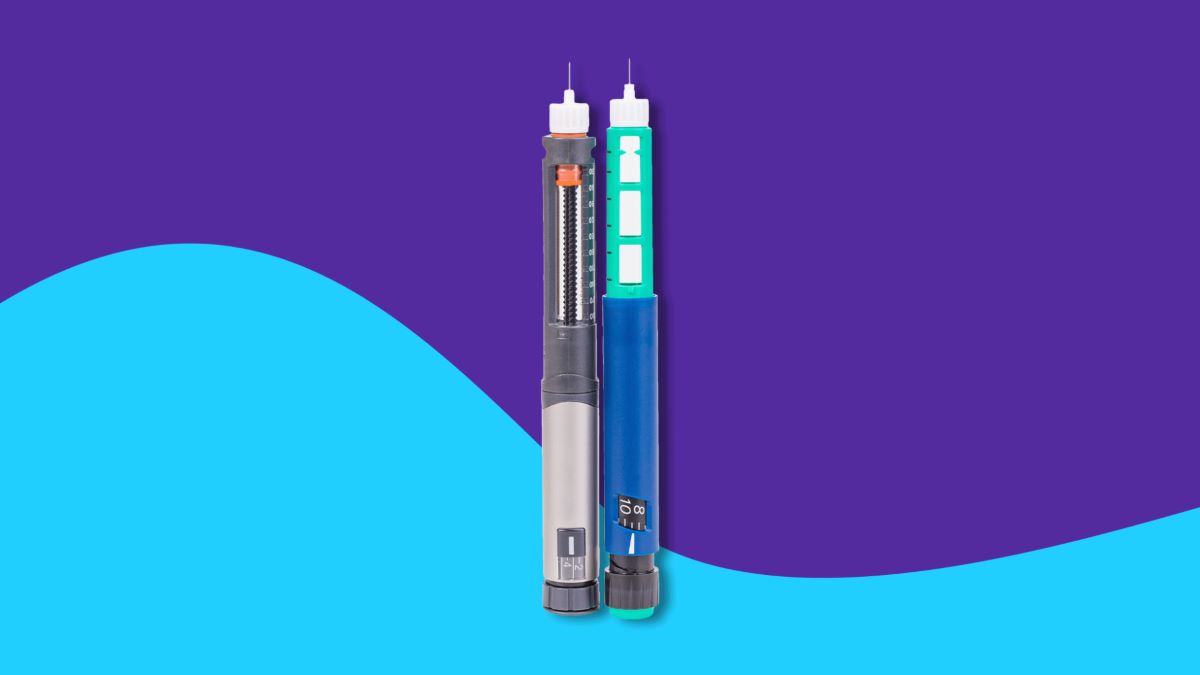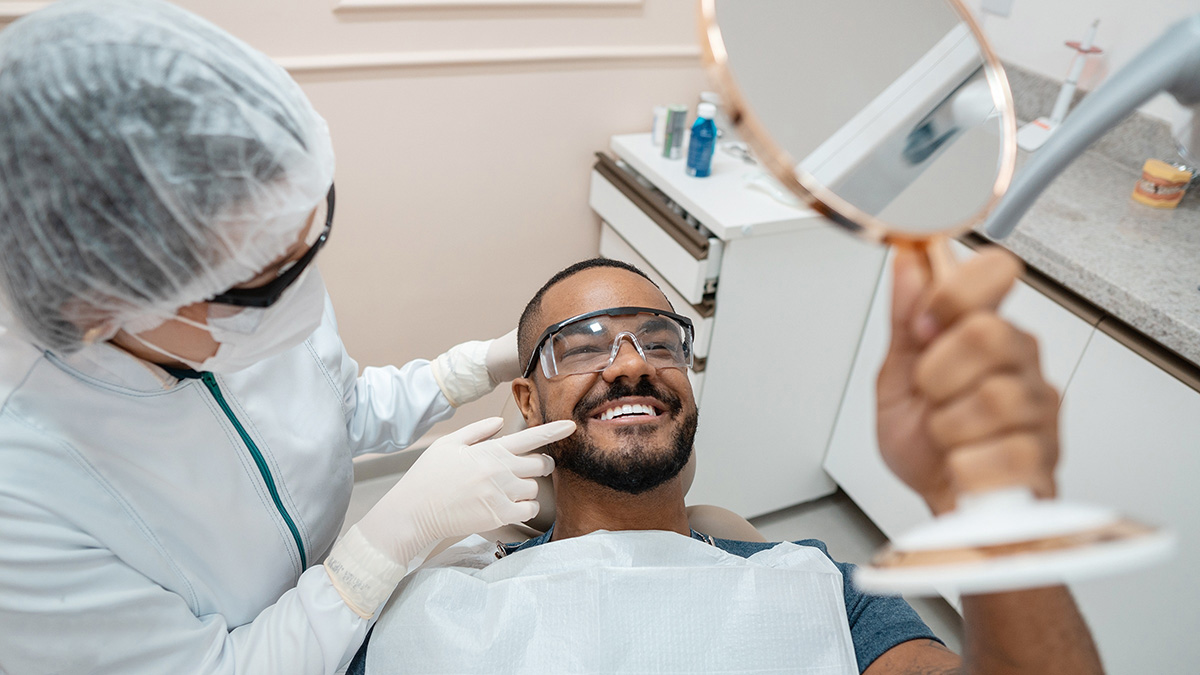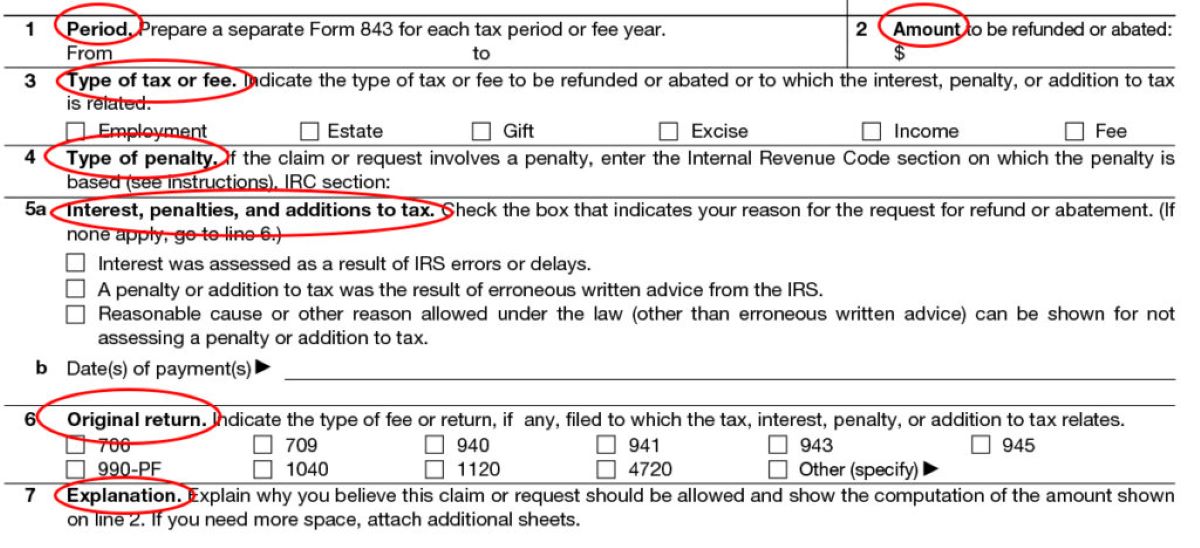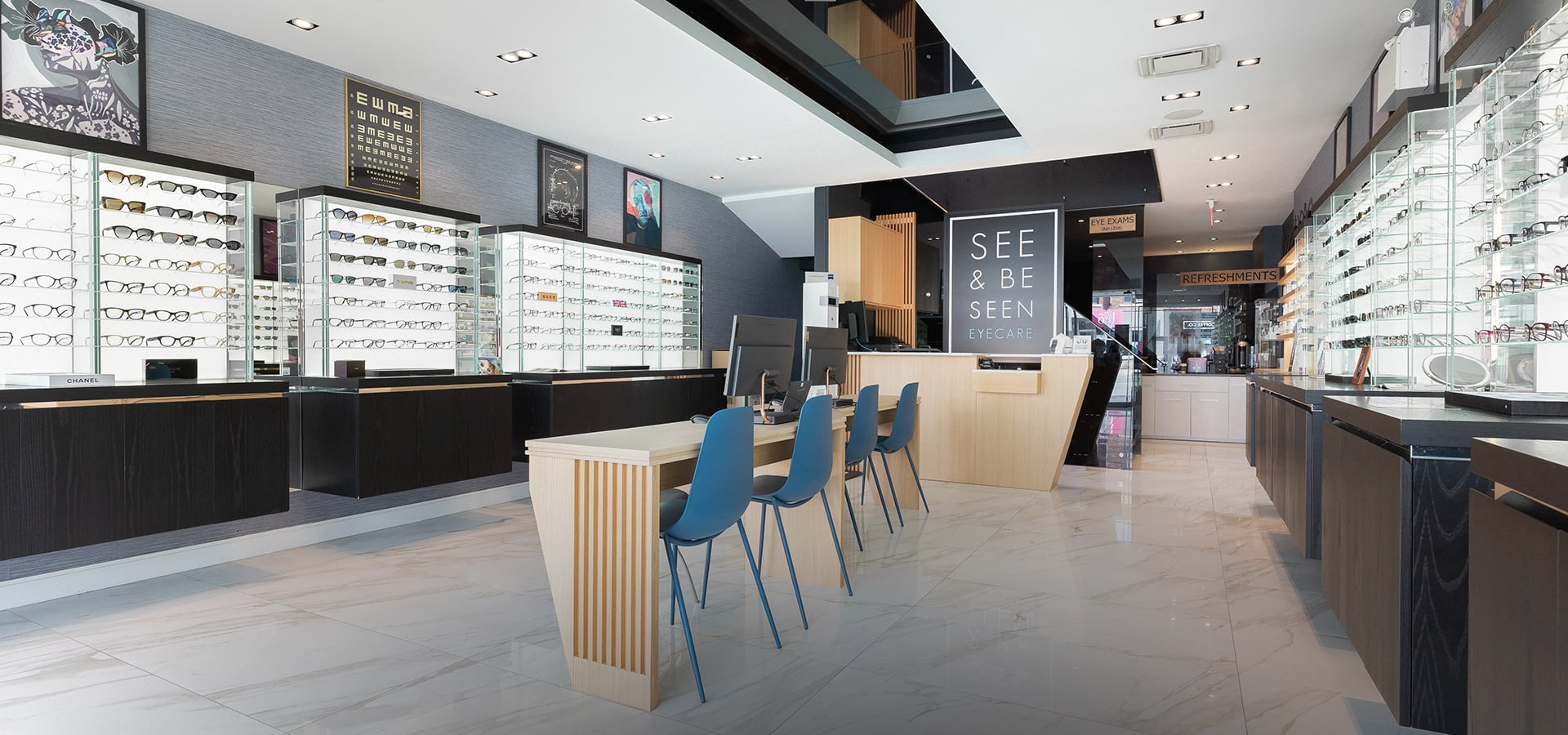

Finance
Why Isn’t Lipiflow Covered By Insurance?
Published: November 12, 2023
Discover why Lipiflow isn't covered by insurance and learn how to navigate the financial aspect of this innovative eye treatment.
(Many of the links in this article redirect to a specific reviewed product. Your purchase of these products through affiliate links helps to generate commission for LiveWell, at no extra cost. Learn more)
Table of Contents
Introduction
Welcome to the world of finance, where money makes the world go round. Whether you are a seasoned investor or just starting to dip your toes into the financial waters, understanding the ins and outs of the financial industry is crucial for success. From managing your personal finances to making informed investment decisions, having a solid grasp of the world of finance can provide you with the tools you need to navigate the ever-changing landscape of the financial world.
In this comprehensive article, we will explore various aspects of finance and delve into topics such as personal finance, investment strategies, debt management, retirement planning, and much more. Drawing on my expertise as an SEO specialist with a deep understanding of finance, this article aims to provide you with valuable insights, practical tips, and expert advice to help you make the most of your financial journey.
Whether you are looking for guidance on building an emergency fund, maximizing your tax savings, or understanding the intricacies of the stock market, this article has you covered. We will break down complex financial concepts into bite-sized pieces, making it easier for you to grasp and apply them in your own financial situation.
Moreover, this article will also touch on the importance of staying abreast of current financial news and trends. The financial landscape is constantly evolving, and being aware of the latest developments can help you make smarter and more informed decisions.
So, whether you are a novice or a seasoned investor, get ready to dive into the exciting world of finance. By the end of this article, you will have a solid foundation to navigate the financial waters with confidence and make your money work for you.
Understanding LipiFlow
LipiFlow is a revolutionary medical treatment used to address a common eye condition called Meibomian Gland Dysfunction (MGD). MGD is a chronic disorder that affects the meibomian glands in the eyelids, which are responsible for producing the oily layer of tears that keeps our eyes lubricated.
When the meibomian glands become clogged or inflamed, they may not produce enough oil or produce oil that is of poor quality. This can lead to a range of uncomfortable symptoms, such as dryness, redness, irritation, and a gritty feeling in the eyes. Left untreated, MGD can also potentially lead to more serious eye conditions, including dry eye syndrome.
LipiFlow utilizes advanced technology to apply targeted heat and pressure to the meibomian glands, helping to unclog blockages and improve gland function. The procedure involves the use of a device that gently applies heat to the inner eyelids, while simultaneously applying intermittent pressure to the outer eyelids. This combination of heat and pressure works to liquefy and remove the accumulated oil and debris, allowing the glands to resume their normal function and improve the overall health of the eyes.
LipiFlow treatments are typically performed in an ophthalmologist’s office and are well-tolerated by patients. The procedure itself takes around 12 minutes per eye and requires no downtime, allowing patients to resume their normal activities immediately afterwards.
LipiFlow has gained significant attention and popularity due to its effectiveness in relieving the symptoms of MGD and improving overall eye health. Many patients report relief from dryness, irritation, and redness, as well as improved vision clarity.
It’s important to note that LipiFlow is a medical treatment and should only be performed by a qualified eye care professional. Consultation with an ophthalmologist is necessary to determine whether LipiFlow is the right option for the individual’s specific condition and to discuss any potential risks or side effects.
Insurance Coverage for Medical Treatments
When it comes to medical treatments, insurance coverage plays a crucial role in determining accessibility and affordability. Health insurance is designed to help individuals and families manage the high costs of medical care by providing financial protection and coverage for a wide range of treatments and services.
Insurance coverage varies depending on the specific plan and provider. While some treatments may be fully covered, others may only be partially covered or not covered at all. Insurance companies typically determine coverage based on various factors, including medical necessity, evidence-based guidelines, and cost-effectiveness.
For medical treatments to be eligible for insurance coverage, they generally need to meet certain criteria. These criteria often include being supported by scientific research and evidence, being approved by regulatory bodies, and being considered as standard of care for a particular condition.
Insurance coverage for medical treatments is typically categorized into two main types: preventive care and medically necessary care. Preventive care often includes routine check-ups, vaccinations, and screenings aimed at detecting and preventing potential health issues. Medically necessary care, on the other hand, refers to treatments and services intended to address existing health conditions or diseases.
When it comes to treatments like LipiFlow, coverage can be a complex issue. While some insurance plans may cover LipiFlow as a medically necessary treatment for Meibomian Gland Dysfunction (MGD) and dry eye syndrome, others may consider it as an elective or cosmetic procedure and, therefore, not covered.
The coverage determination for LipiFlow often depends on various factors, including the specific insurance plan, the individual’s diagnosis and symptoms, and the insurance company’s policies and guidelines. In some cases, prior authorization or additional documentation from the ophthalmologist may be required to support the medical necessity of the treatment.
It’s important for individuals considering LipiFlow or any other medical treatment to review their insurance plan’s coverage details and contact their insurance provider to understand the specific coverage and potential out-of-pocket costs. Discussing treatment options and coverage with the ophthalmologist can also provide clarity and guidance on navigating the insurance process.
If LipiFlow is not covered by insurance or if the individual does not have insurance coverage, there may be alternative payment options available. Some ophthalmology clinics offer financing plans or payment arrangements to help make the treatment more affordable.
Ultimately, it’s essential for individuals to be proactive in understanding their insurance coverage, exploring all available options, and advocating for their health needs when it comes to medical treatments.
Reasons for Lack of Insurance Coverage for LipiFlow
While LipiFlow has proven to be an effective treatment for Meibomian Gland Dysfunction (MGD) and dry eye syndrome, there are several reasons why insurance coverage for LipiFlow may be limited or unavailable. These reasons can vary depending on the insurance provider, policies, and specific plan. Here are some common factors that contribute to the lack of insurance coverage for LipiFlow:
- Limited FDA Approval: Although LipiFlow has received clearance from the U.S. Food and Drug Administration (FDA), insurance companies may have their own specific criteria for coverage. Some insurance providers may only cover treatments that have received full FDA approval, while LipiFlow has obtained a clearance status known as a 510(k) approval.
- Cost Considerations: Insurance companies typically consider the cost-effectiveness of treatments when determining coverage. LipiFlow involves specialized equipment and a procedure performed by a trained professional, which can lead to higher costs compared to other treatment options. Insurance providers may be reluctant to cover LipiFlow if they consider it to be a more expensive option, especially when alternative treatments are available.
- Insufficient Clinical Evidence: While LipiFlow has demonstrated efficacy in many clinical studies, some insurance companies may require a higher level of clinical evidence before providing coverage. Insurance providers often rely on established medical guidelines and evidence-based research to determine coverage. If there is limited or conflicting data regarding the long-term effectiveness of LipiFlow, insurers may be hesitant to provide coverage.
- Classification as Elective/Cosmetic: Some insurance companies categorize LipiFlow as an elective or cosmetic procedure rather than a medically necessary treatment. They may view MGD and dry eye syndrome as chronic conditions that can be managed through alternative treatments or over-the-counter remedies. This classification can result in limited or no coverage for LipiFlow.
- Varied Medical Policies: Insurance providers may have differing medical policies regarding coverage for LipiFlow. Some insurers may have specific criteria that must be met for LipiFlow to be considered medically necessary and eligible for coverage. These policies can vary from insurer to insurer, leading to discrepancies in coverage availability.
It’s important to remember that insurance coverage for medical treatments is subject to change, and policies can vary. While LipiFlow may not be covered by insurance at this time, advancements in research, increasing clinical evidence, and evolving insurance policies may lead to broader coverage in the future.
Individuals seeking insurance coverage for LipiFlow should consult with their insurance provider and ophthalmologist to understand the specific coverage policies and explore other potential options for affordability.
Alternative Treatment Options
While LipiFlow is a highly effective treatment for Meibomian Gland Dysfunction (MGD) and dry eye syndrome, it may not be accessible or affordable for everyone due to limited insurance coverage. Fortunately, there are alternative treatment options available that can help manage the symptoms of MGD and improve overall eye health. Here are some commonly recommended alternatives:
- Warm Compresses: Applying warm compresses to the eyelids can help liquefy the thickened oil in the meibomian glands and promote better lubrication. This simple technique can be done at home by soaking a clean washcloth in warm water and gently placing it over the closed eyelids for a few minutes each day.
- Lid Hygiene: Keeping the eyelids clean is essential in managing MGD. This can be done by gently cleaning the eyelid margins with a mild, preservative-free cleanser or using commercially available eyelid wipes specifically formulated for lid hygiene. Regular lid hygiene can help reduce inflammation and meibomian gland blockages.
- Artificial Tears: Over-the-counter artificial tear drops or lubricating ointments can provide temporary relief from dryness and discomfort. These products help to supplement the natural tears and provide much-needed moisture to the eyes.
- Punctal Plugs: Punctal plugs are small devices inserted into the tear ducts to help prevent tears from draining too quickly from the eyes, thus retaining moisture and reducing dryness. This can be an effective treatment option for individuals with chronic dry eye symptoms.
- Prescription Medications: In some cases, ophthalmologists may prescribe medications such as antibiotic ointments or anti-inflammatory drops to manage the symptoms of MGD and dry eye syndrome. These medications can help reduce inflammation and improve the function of the meibomian glands.
- Intense Pulsed Light (IPL) Therapy: IPL therapy utilizes pulses of light to treat MGD and dry eye symptoms. The light energy is absorbed by the blood vessels around the eyes, promoting improved gland function, reducing inflammation, and alleviating dryness. IPL therapy is typically performed by a dermatologist or ophthalmologist specializing in this treatment.
It’s important to consult with an ophthalmologist or eye care professional to determine the most appropriate alternative treatment option based on your specific condition and symptoms. They can evaluate your eye health, discuss the available options, and provide personalized recommendations.
While alternative treatments can be effective in managing MGD, it’s worth noting that they may not provide the same level of relief and long-term benefits as LipiFlow. However, for individuals with limited insurance coverage or financial constraints, these alternatives can help alleviate symptoms and improve overall comfort until more accessible treatment options become available.
It’s important to maintain regular check-ups with your eye care professional to monitor the progress of your condition and explore additional treatment options if necessary.
Conclusion
In conclusion, understanding the world of finance is essential for individuals looking to make informed decisions about their personal finances and investments. From managing day-to-day expenses to planning for retirement, having a solid understanding of finance can help individuals navigate the complexities of the financial landscape.
In this comprehensive article, we covered various aspects of finance, delving into topics such as personal finance, investment strategies, debt management, and retirement planning. Throughout the article, we provided valuable insights, practical tips, and expert advice to help readers make the most of their financial journey.
We explored the importance of staying up-to-date with financial news and trends, as well as the role of insurance coverage in medical treatments. We specifically addressed the lack of insurance coverage for LipiFlow, a revolutionary treatment for Meibomian Gland Dysfunction (MGD), and offered alternative treatment options for individuals facing limited coverage.
While LipiFlow may not be covered by insurance for everyone, it’s important to explore alternative treatment options such as warm compresses, lid hygiene, artificial tears, punctal plugs, prescription medications, and intense pulsed light (IPL) therapy. These alternatives can provide relief from dry eye symptoms and improve overall eye health.
Remember to consult with your ophthalmologist or eye care professional to determine the most suitable treatment option for your specific condition. They can provide personalized recommendations based on your symptoms, diagnosis, and overall eye health.
As with any financial or medical decision, it’s crucial to stay informed, ask questions, and advocate for your needs. Keep track of changes in insurance coverage policies, investigate alternative payment options, and seek professional guidance when necessary.
By taking control of your financial well-being and making informed decisions, you can set yourself on a path to financial success and a healthier, happier life.



